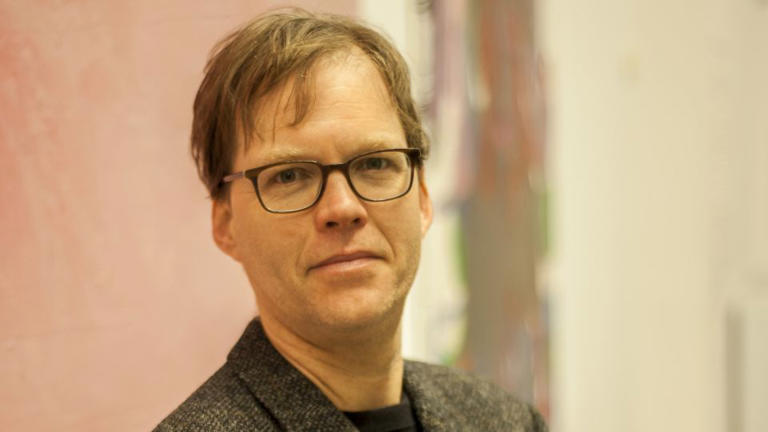U$ Supreme Court Allows State-Law Climate Suits Against Oil Companies
Story by Jess Bravin, Erin Mulvaney • WSJ -Today
WASHINGTON—The Supreme Court on Monday turned away appeals by oil companies seeking protection from potential liability under state laws for harms caused by climate change, a decision that at least for now allows a number of cases to move forward under state laws the industry sees as less favorable than federal environmental statutes.
Oil companies, among them Chevron Corp., Exxon Mobil Corp. and Shell PLC, are facing lawsuits alleging varied environmental harms from greenhouse-gas emissions filed under state laws by Rhode Island and several local governments, including the city of Baltimore; Boulder and San Miguel counties, Colo.; Honolulu and Maui counties, Hawaii; and Marin, San Mateo and Santa Cruz counties, Calif.
The Supreme Court denied the industry petitions in a summary order that as is typical contained no comment. Justice Samuel Alito didn’t take part in the cases, likely because he owns shares in companies involved in the suits. In one case, Suncor Energy (U.S.A.) Inc. v. Boulder County, Justice Brett Kavanaugh noted that he preferred to hear the appeal.
“This was the right decision, and it is time to prepare for trial,” said Sara Gross, an attorney with the Baltimore City Law Department. “Since we filed this case nearly five years ago, the climate crisis has worsened, the costs to Baltimore taxpayers are skyrocketing, and the defendants have pocketed trillions of dollars in profits while trying to dodge accountability for their deception.”
The Baltimore suit, filed in 2018 in Maryland state court, alleges that more than 20 energy companies promoted fossil fuels while concealing information about the harmful changes in climate they cause, including rising sea levels and extreme weather. Other cases brought by state and local officials make similar allegations.
Theodore Boutrous, who represents Chevron in several of the disputes, said he was confident that the pending climate lawsuits would ultimately be dismissed.
“Climate change is an issue of national and global magnitude that requires a coordinated federal policy response, not a disjointed patchwork of lawsuits in state courts across multiple states,” he said. “These wasteful lawsuits in state courts will do nothing to advance global climate solutions, nothing to reduce emissions, and nothing to address climate-related impacts.”
Related video: Guyana's Climate Change Fight Starts With Oil (QuickTake)
An Exxon spokesman said the company would fight the suits, adding: “Today’s decision has no impact on our focus to invest billions of dollars to leading the way in a thoughtful energy transition that takes the world to net zero carbon emissions.”
“We do not believe the courtroom is the right venue to address climate change,” a Shell spokeswoman said.
Since 2017, at least two-dozen lawsuits have been filed by states and local governments against oil companies. Lower courts largely have rejected industry motions to dismiss the cases or move them into federal courts the defendants believe may provide a legal advantage.
In 2021, the Supreme Court handed industry a procedural win when it ordered a federal appeals court in Richmond, Va., to reconsider its decision to leave Baltimore’s suit in state court. The appeals court in 2022 reaffirmed that ruling, which Monday’s Supreme Court order leaves in place.
The state-level litigation represents a major threat to the oil industry. It has been likened to state litigation filed against tobacco companies in the 1990s for the harms of smoking, and to recent cases against major players in the pharmaceutical industry accusing them of fueling the opioid epidemic. Companies in both sectors have had to pay multibillion-dollar settlements.
The climate-liability suits were filed under state laws after similar efforts under federal laws proved unsuccessful. They have been stalled while companies jockeyed in courts to have the cases handled instead in federal courts, where precedent is favorable to their arguments. The Justice Department advised the Supreme Court not to take up the cases earlier this year.
Around the world, activists have filed suits in national and international courts seeking to spur action against climate change, contending that their governments aren’t acting with enough urgency to address the environmental crisis.
The Supreme Court took no position Monday on a further, similar petition in which the companies asked it to reverse a Third Circuit opinion allowing lawsuits filed by Hoboken, N.J., and Delaware to move forward in state courts. The justices are scheduled to consider whether to take up that petition in May.
Also Monday, the justices agreed to hear a pair of cases over whether the First Amendment prohibits local officials from blocking individuals who posted critical comments from their social-media accounts. In 2019, a federal appeals court held that then-President Donald Trump couldn’t block individuals from his Twitter account, but the Supreme Court dismissed an appeal as moot after his term ended in 2021.
The cases accepted Monday over Facebook and Twitter accounts involve less exalted officeholders, including two school board members from Poway, Calif., and the city manager in Port Huron, Mich. Arguments will take place in the court’s next term, which begins in October.
Write to Jess Bravin at Jess.Bravin@wsj.com and Erin Mulvaney at erin.mulvaney@wsj.com






























